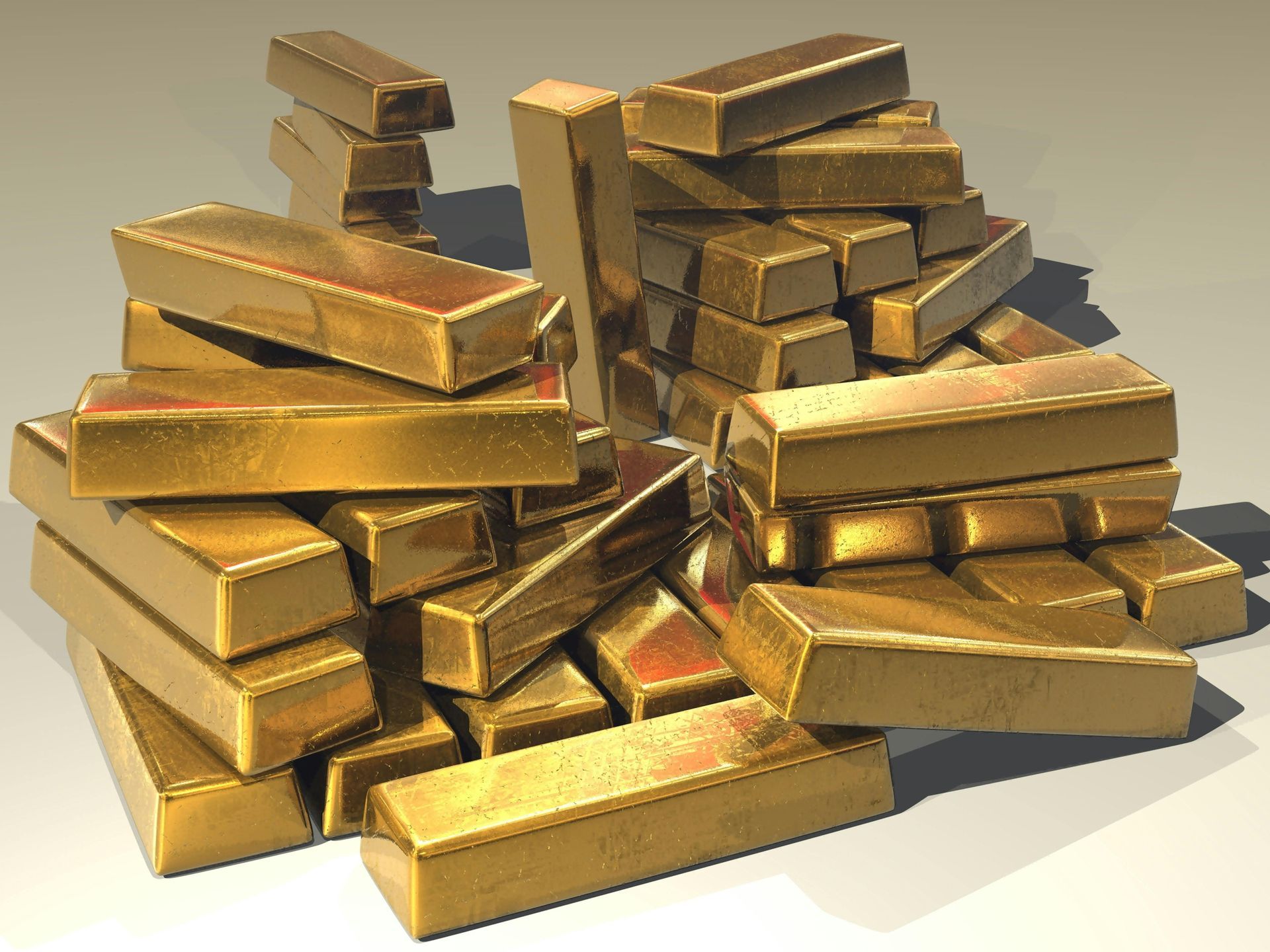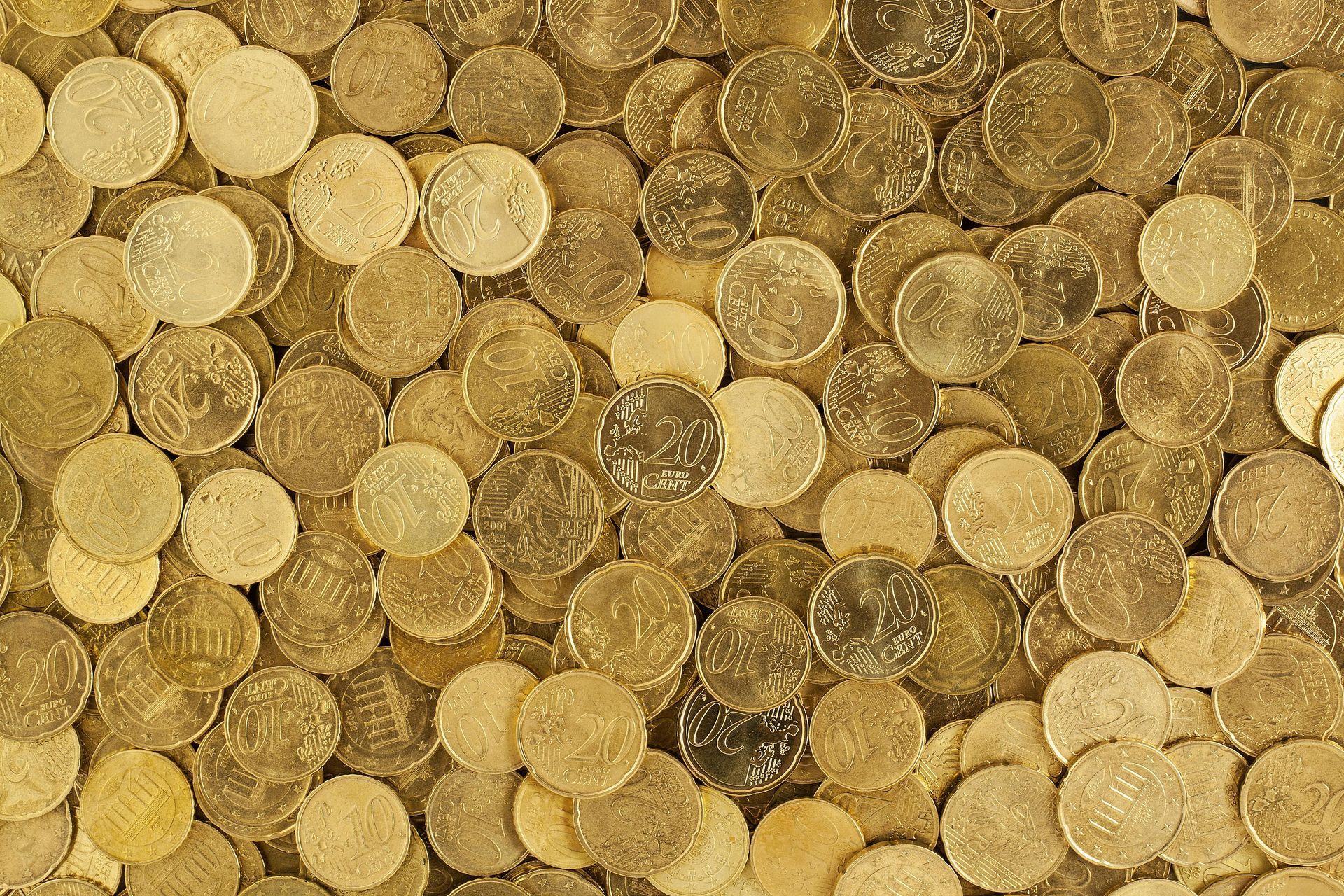The Ukraine War & The Effect on Gold
How has the Ukraine war changed gold prices?
Over the past 12-month period, a sharp increase is shown around the time Putin announced the invasion of Ukraine in February. The price of gold is seen to have peaked around March time at the height of the invasion and instability, with prices staying high throughout April.
As the shock of the initial conflicts calmed down and the second phase of the invasion continued, we see gold prices begin to return to the levels pre-invasion. We also see prices drop even further due to other economic factors like inflation, and the onset of the global recession.
Ultimately, the fluctuation in gold demand and therefore prices correlate with the geopolitical instability that began in February with Russia’s initial announcement of the invasion and continued for months after.
Why does the price of gold go up during times of political instability?
The price of gold increased by a huge 6% during the first quarter of 2022 from the time Russia’s initial invasion was announced. Why? There are various factors at play causing an increase in the demand for gold, which in turn, hikes up the price of gold too:
Safe haven investing
The rise in demand for physical gold and the attractiveness of gold as an investment is reflective of the general patterns seen at times of socioeconomic events or political instability, whereby investors look to buy into gold due to its traditional reputation as a ‘safe haven’ asset. As investors flock to invest in safety assets like gold at times of uncertainty, the price of gold increases.
Another factor to consider is that Russia is a major player and supplier of gold, so the increase in demand is also likely influenced by fears of a lack of gold supply following the invasion.
Inflationary pressures
The invasion saw drops in supplies of various commodities, which therefore caused the prices of important commodities like oil, gas, and wheat to rise considerably triggering an increase in inflationary pressures and expectations. These inflation expectations outpaced the increases in nominal yields resulting in lower real yields in the world’s major economies.
The historically inverse relationship between inflation and gold prices is returning to a positive relationship as of recently, whereby gold prices increase in line with inflation rather than the opposite.
Gold and precious metals are used by investors as a hedge against inflation and market volatility, thus increasing demand and the prices of gold. If investors fear war or severe periods of inflation, they will often turn to gold and specifically physical gold like coins and bars or look to invest in the futures market of gold.
Final insights
To summarise the discussion of what the Ukraine war means for gold prices, we can turn to this quote from market experts; ‘The ongoing Russia-Ukraine conflict is building a war premium into the price of gold, and this premium will persist for as long as the conflict continues.
The premise always comes back to the fact that gold holds an inherent status as a safe haven investment and one that investors will turn to time and time again when they fear market volatility and are looking to invest in a physical asset. Sell your gold today with Cash4Gold , request a FREE selling kit for a no obligation quote.
The post The Ukraine War & The Effect on Gold appeared first on Gold-Buyer.







Where to send your gold
Gold-Buyer
PO Box 8726
Ilkeston
DE7 0GS
Menu
Subscribe for news and updates
Subscribe to our newsletter
All Rights Reserved | Gold Buyer
